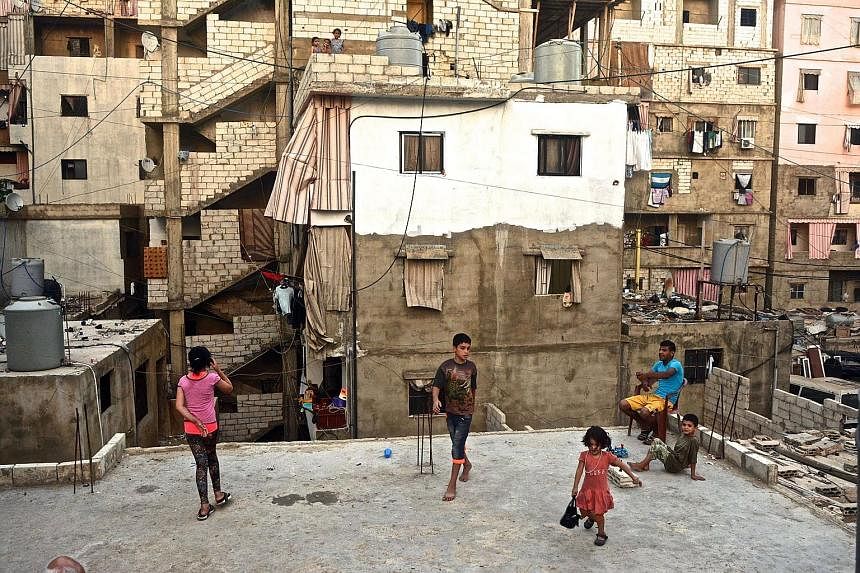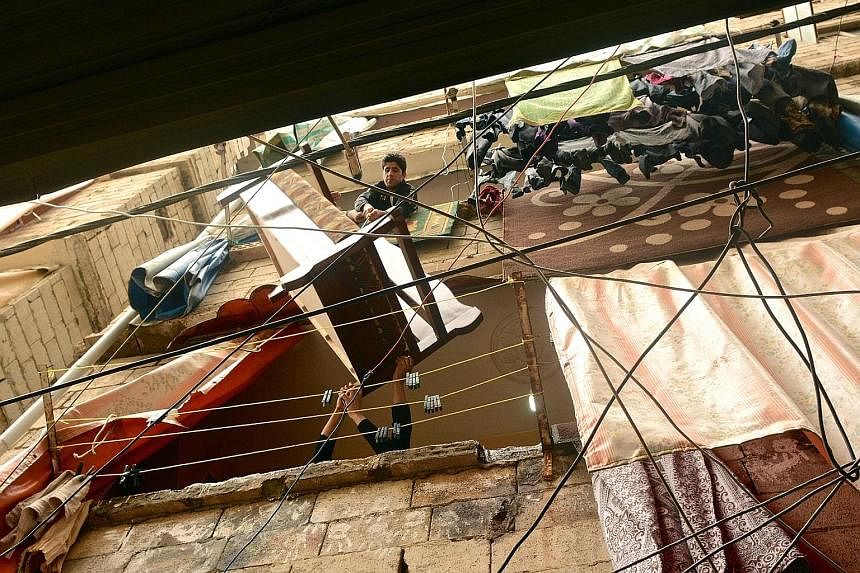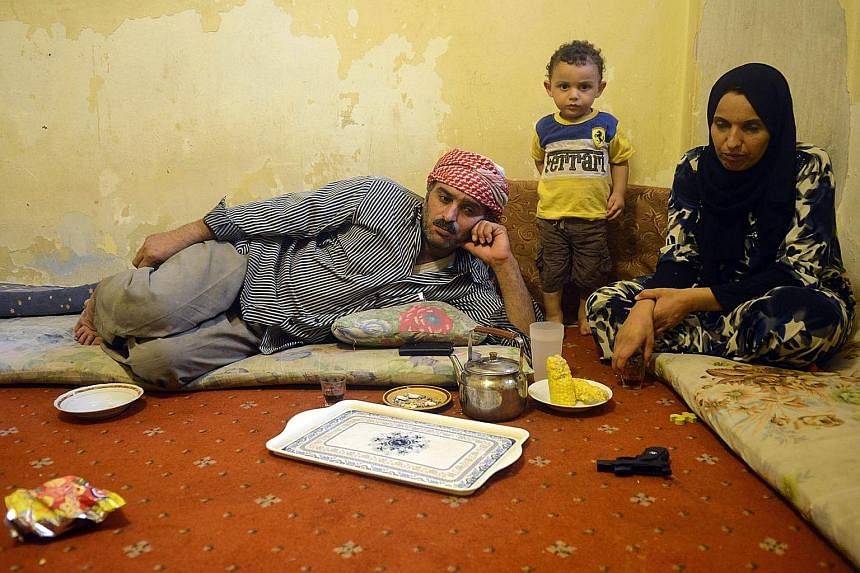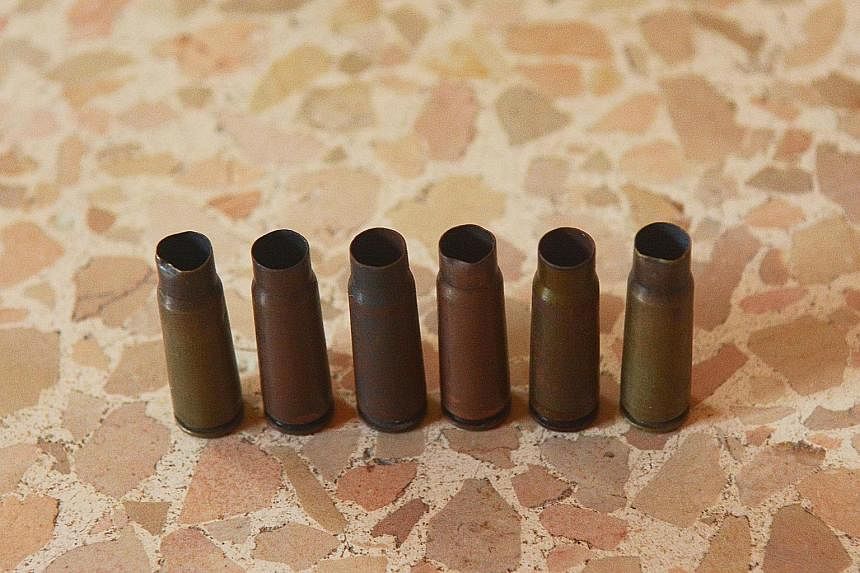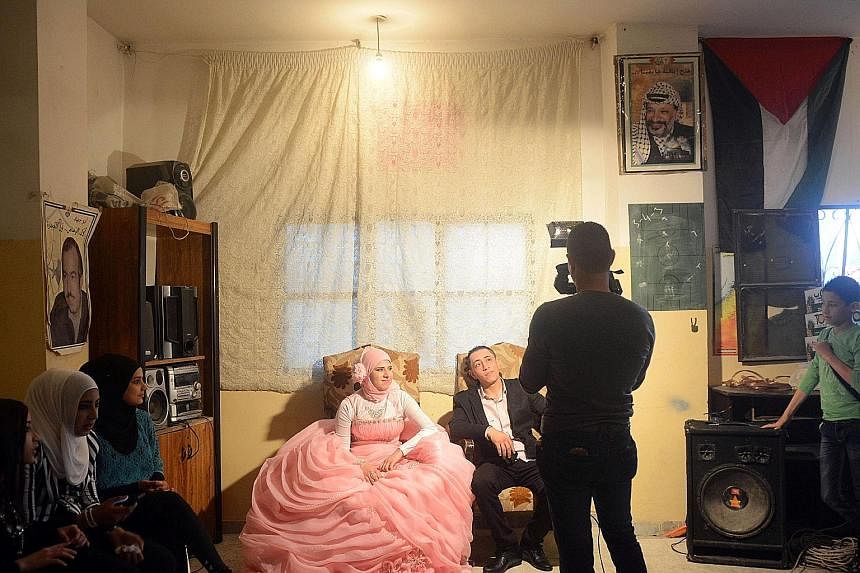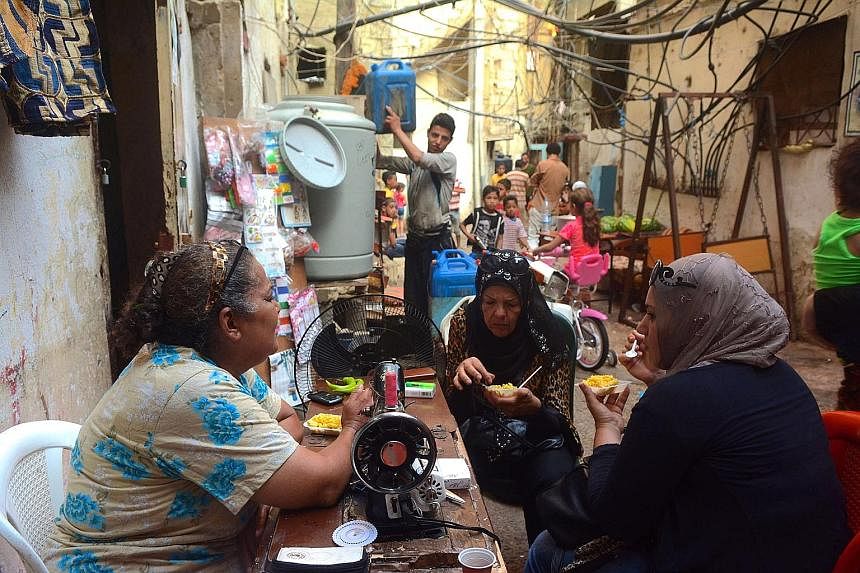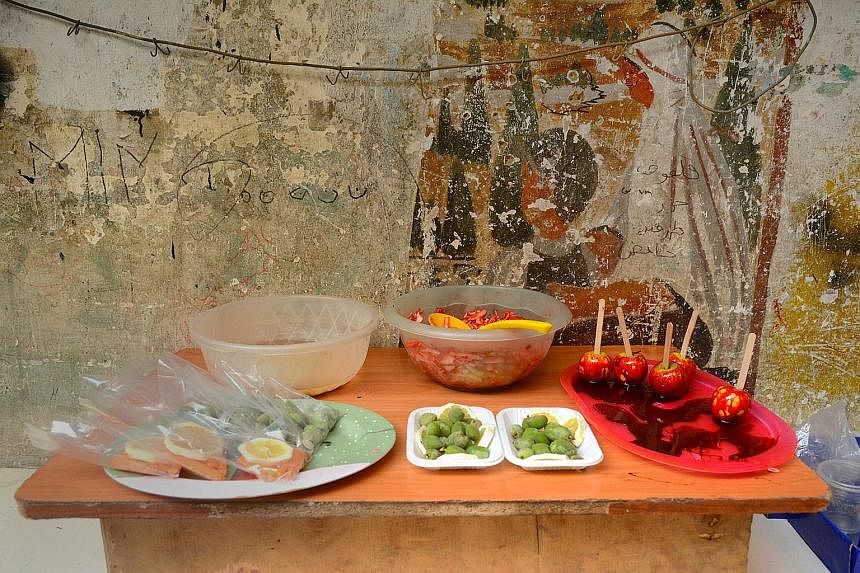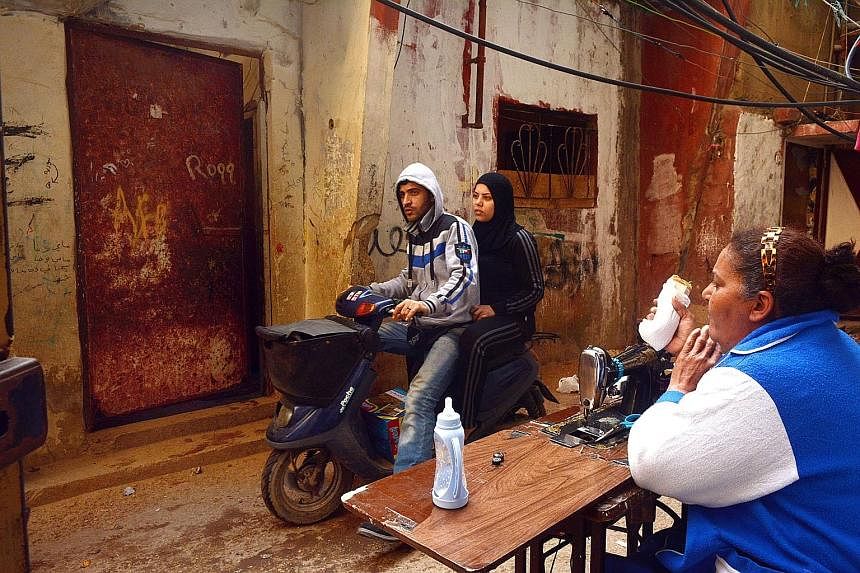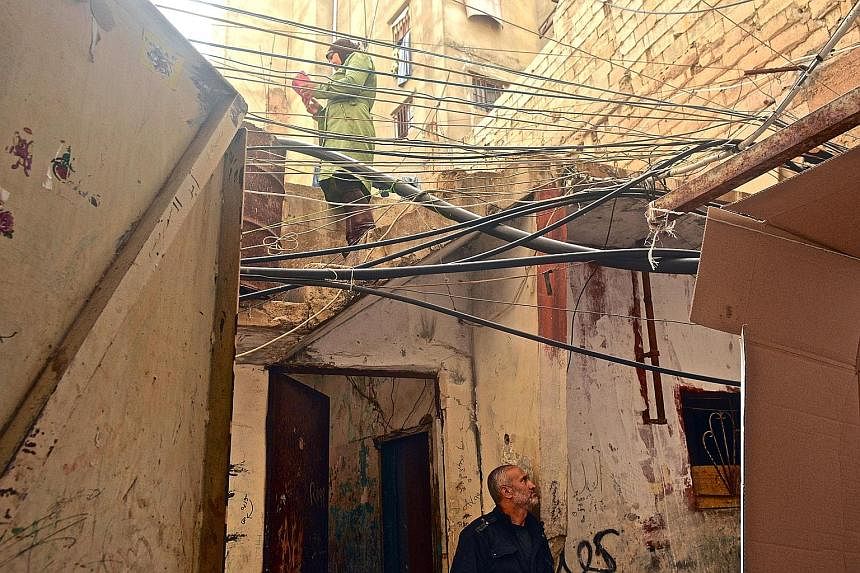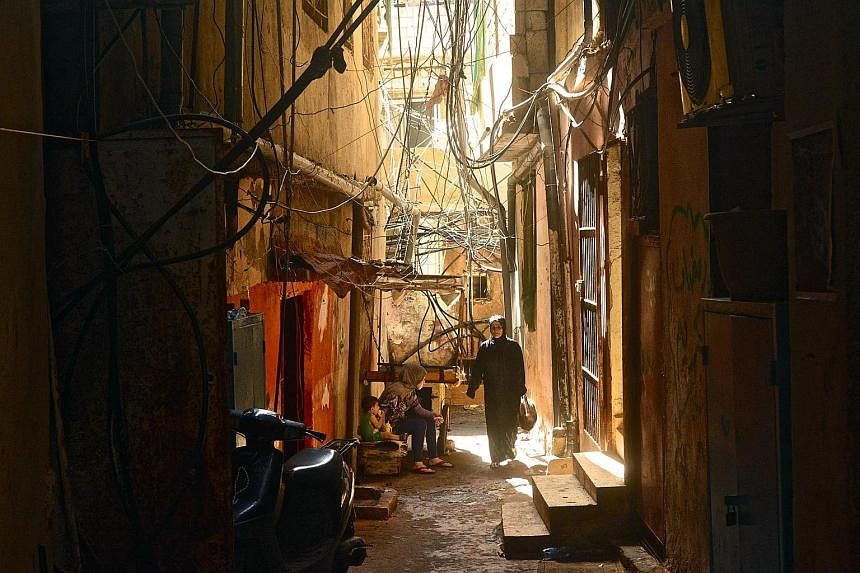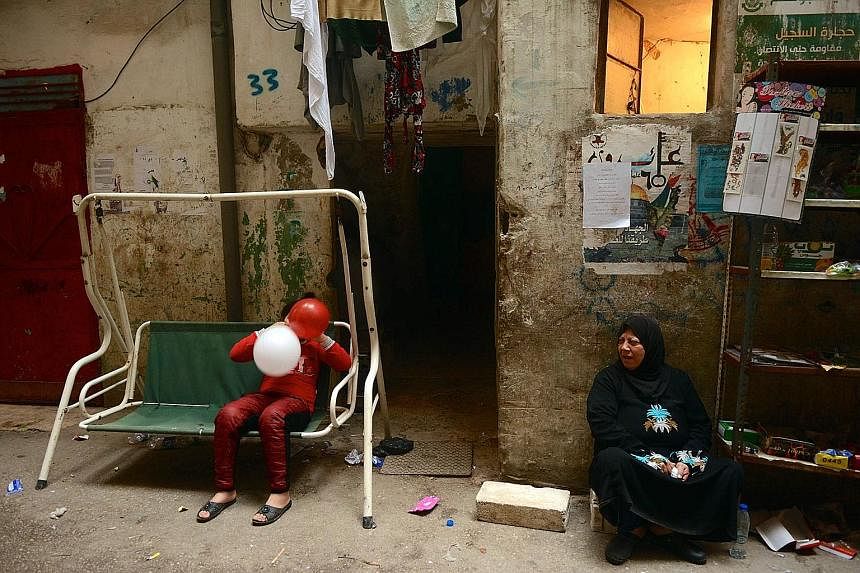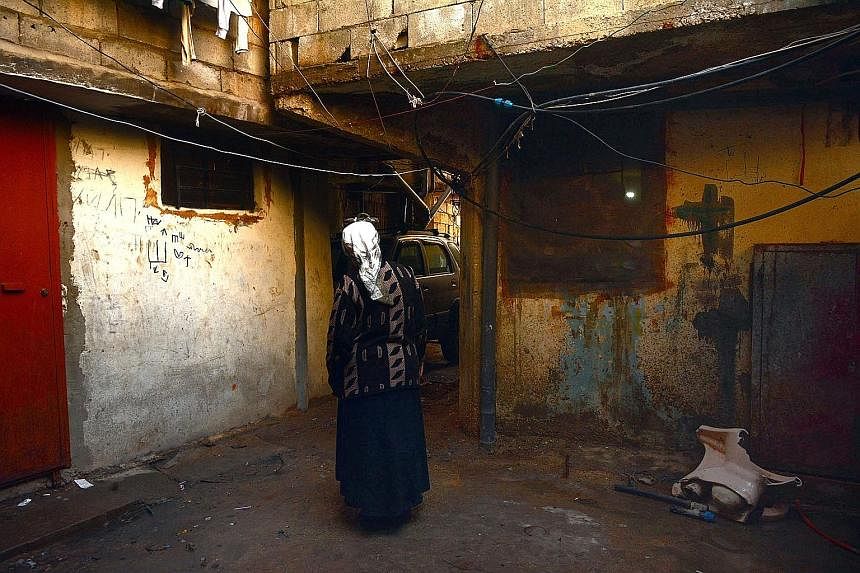BY ALL counts, photojournalist Zann Huizhen Huang has had a typical Singaporean life growing up.
The 39-year-old was born here, grew up in the heartlands and went to local schools.
But the normalcy ends there.
The freelancer, who is single, has travelled to about 20 countries with a camera in hand, documenting life, social injustices and humanity on the other side of the lens.
Huang, a self-taught photographer, felt the impetus to become a photojournalist during a backpacking trip in tsunami-ravaged regions in 2005.
"I plunged myself straight into the aftermath of the tsunami in Indonesia and Sri Lanka solo and without any formal education in photojournalism and it was the perfect training ground for me," says the eldest child of four in her family.
She adds: "I figured out the best thing I could do was to cover issues which were under-addressed."
Huang may have felt her calling in Asia, but it was the turbulent Middle East that became the focus of her professional life.
Her works there include topics like the role of women in Iran, cave-dwellers in Afghanistan and refugees in Lebanon.
A graduate in comparative literature and film studies from the University of Kent in Britain, she is convinced of the ripple effects that Middle-East affairs have on the rest of the world, including South-east Asia.
In January, she returned to Lebanon to continue a long-term project on the Shatila refugee camp in Beirut.
Her fascination with the subject has seen her visit the camp seven times since 2010.
"It is important to be reminded that they are the longest standing refugees in the world - 67 years of being stateless," she says.
She was awarded a mentorship by prestigious photo agency Magnum in 2012 and a grant in 2014 to continue her project on Shatila.
Her travels and experiences may appear to some to be romantic, but the challenges are anything but.
Being a lone female traveller in largely patriarchal societies has gotten her unwanted attention - a bane of documentary photographers trying to blend into the community.
But Huang explains that there are times when being a foreign woman has helped.
She cited how she was once invited to have tea with a group of Afghan men, which would have been taboo if she had been local.
Her tenacity has paid off.
In the last decade, her works have been published in major publications such as Time, Le Monde and Geo.
Her works have also been exhibited in countries such as Australia, Bulgaria and Denmark.
She is currently juggling several projects, including some about heritage in Singapore.
She says: "I simply love what I do and never felt it even when it gets tough. It is only when I am not doing photojournalism that I feel the most pain."
